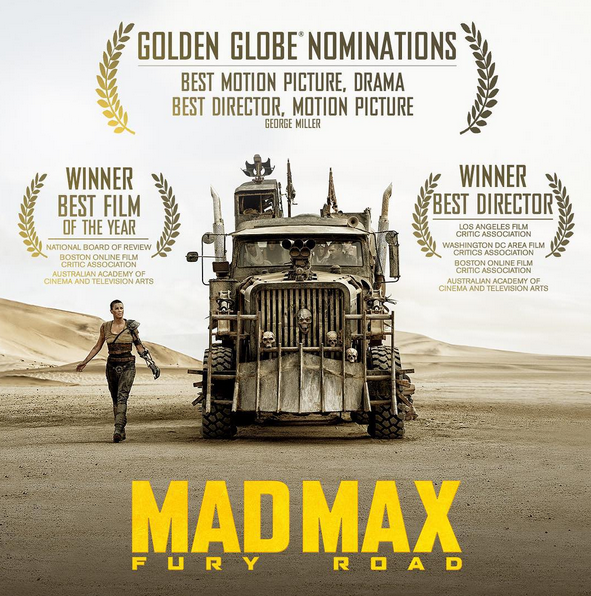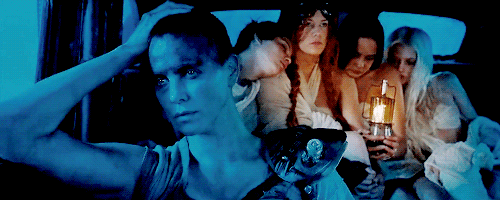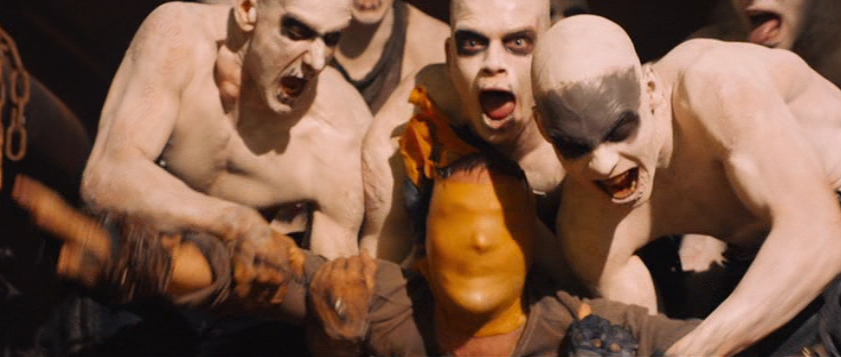Lynn Lee test-drives a new, potentially recurring feature wherein TFE members voice dissent on Oscar hopefuls and critical darlings.
 If you’re on this site, it’s safe to assume you pay attention to movie critics. It’s also a fair bet you’re likely—or at least more likely than the average person—to agree with the critics when they coalesce around a particular movie. But if you’re like me, every once in a while a film comes along that generates a level of critical enthusiasm you just don’t get. You’d like to share or at least understand it, but instead find yourself feeling like the lone non-believer in a church full of the radiant converted.
If you’re on this site, it’s safe to assume you pay attention to movie critics. It’s also a fair bet you’re likely—or at least more likely than the average person—to agree with the critics when they coalesce around a particular movie. But if you’re like me, every once in a while a film comes along that generates a level of critical enthusiasm you just don’t get. You’d like to share or at least understand it, but instead find yourself feeling like the lone non-believer in a church full of the radiant converted.
That’s how it’s been for me and Mad Max: Fury Road, which met with rave reviews and solid box office when it hit theaters this summer. More recently, it’s picked up a raft of critics’ awards and nominations that have kept it in the Oscars conversation - not just in the technical categories but the majors, including picture and director. Any doubt about its chances stems from the fact that it’s a “genre” film, not its intrinsic merits, which most agree transcend its genre. [More...]
I’m still not sold.
The visual and technical craft that went into the movie is remarkable, no question. Max’s early, failed attempt to escape Joe’s fortress has got to be one of the most electrifying and disorienting sequences I’ve seen all year, and the pursuit and combat scenes that follow are equally virtuosic. And there’s a delightfully outré, almost goofy quality to George Miller’s post-apocalyptic universe, perfectly exemplified in the movie’s best character – the Doof Warrior, who rallies the troops with an electric guitar that also shoots flames because, you know, why the hell not.
But it also highlights my basic problem with the film: while reasonably entertained, I was never more than superficially invested in the story or any of the people in it. With the caveat that I’ve never seen any of the other Mad Max movies, we’re given next to no background on how this dystopian world came to be, how it’s sustained, or who any of our protagonists were before their paths crossed. Nor does the movie ever try to fill in those blanks to any significant degree. It’s basically one long chase, interspersed with impressive action set pieces (though to be honest, fighting-while-driving scenes, no matter how masterfully shot, tend to bore me after a while, and Fury Road was no exception) and quieter interludes too elliptical to generate any genuine insight into the characters or the society they inhabit.
We root for our protagonists by virtue of their desperate predicament, not their personalities or the fleeting glimpses we get of their traumatic pasts. Their grit and resourcefulness are admirable, but as characters they remain largely static. (The one exception is Nicholas Hoult’s Nux, and his turnaround feels more like a plot convenience than an organic evolution; which may be why I was only mildly touched, not deeply moved, by his ultimate sacrifice.) As Max and Furiosa, Tom Hardy and Charlize Theron work hard to suggest the emotions roiling beneath the hardened surfaces of these accidental allies, and they’re such pros they almost succeed. Yet despite their best efforts, both remain fundamentally elusive, more remarkable for their physical feats of survival than the unthinkable tragedy and loss they’ve suffered.

Perhaps that’s precisely the point. Some fans may argue that the leanness of the plot and characterization are features, not bugs, as with many a classic Western or action film. But it’s a fine line between leanness and shallowness. For me to care about a movie I have to feel that I really know its main characters, and/or that there’s something unusually compelling about their narrative arc. In both these departments, Fury Road fell short for me. Whether Oscar voters feel the same way remains to be seen, though the precursors suggest I remain in the extreme minority.

Next time: Why I found “Brooklyn” more irritating than endearing
